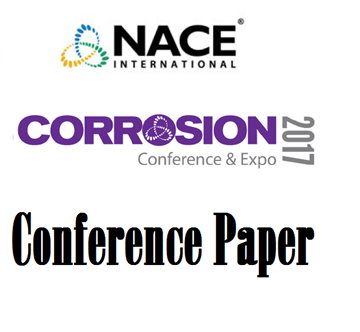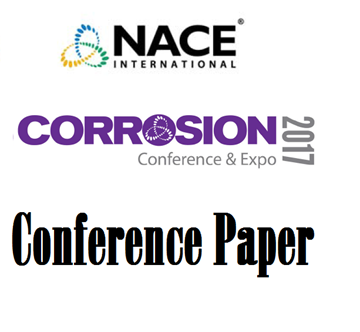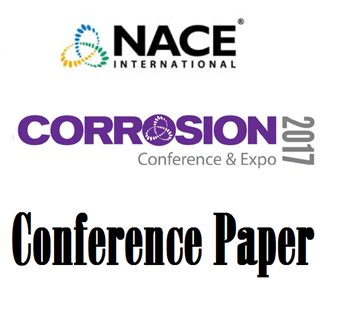Search
Conference Papers
View as
Sort by
Display
per page
Risk Evaluation Of Potential Coating Damage From HDD
Product Number:
51322-17762-SG
Publication Date:
2022
$20.00
Risk-based Coating Inspections Against Potential Corrosion Threats (RBCI)
Product Number:
MPWT19-14292
Publication Date:
2019
$0.00
Robotic Sprayed-in-Place Pipelining: the Polyurea Goes Round & Round
Product Number:
41214-847-SG
Publication Date:
2014
$20.00
Robust Non-Phosphorus Cooling Water Treatment Program That Reduces The Biological Control Challenge - A Case Study
Product Number:
51322-17626-SG
Publication Date:
2022
$20.00
Role Of Acetic Acid On The Kinetics And Mechanism Of Carbon Steel Dissolution Under CO2 Top Of Line Corrosion
Product Number:
51322-17818-SG
Publication Date:
2022
$20.00
Role of Crack Tip Strain Rate on the Fatigue and Fracture Behavior of Line Pipe Steel in Sour Environments
Product Number:
51317--9203-SG
ISBN:
9203 2017 CP
Publication Date:
2017
$20.00
Role of Grain Boundary Oxidation in Crack Initiation of Neutron-irradiated Stainless Steel
Product Number:
ED22-17333-SG
Publication Date:
2022
$20.00
Role of H2S In Localized Corrosion and Cracking of CRAs in Upstream Oil and Gas Applications
Product Number:
51317--9463-SG
ISBN:
9463 2017 CP
Publication Date:
2017
$20.00
Role of Hydrogen in Intergranular Corrosion of AA2024 Aluminium Alloy: An AFM-KFM Study
Product Number:
51317--9464-SG
ISBN:
9464 2017 CP
Publication Date:
2017
$20.00
Role of Material Condition on Precursor Corrosion Damage and Stress Corrosion Crack Initiation Behavior of Alloy 600 in PWR Primary Water
Product Number:
51320-14536-SG
Publication Date:
2020
$20.00
Role of Metallographic Characterization in Failure Analysis – Case Studies
Product Number:
MPWT19-14379
Publication Date:
2019
$0.00
Role of Non-Metallic Inclusions and the Microstructure Constituents on HIC Performance
Product Number:
MPWT19-14439
Publication Date:
2019
$0.00














